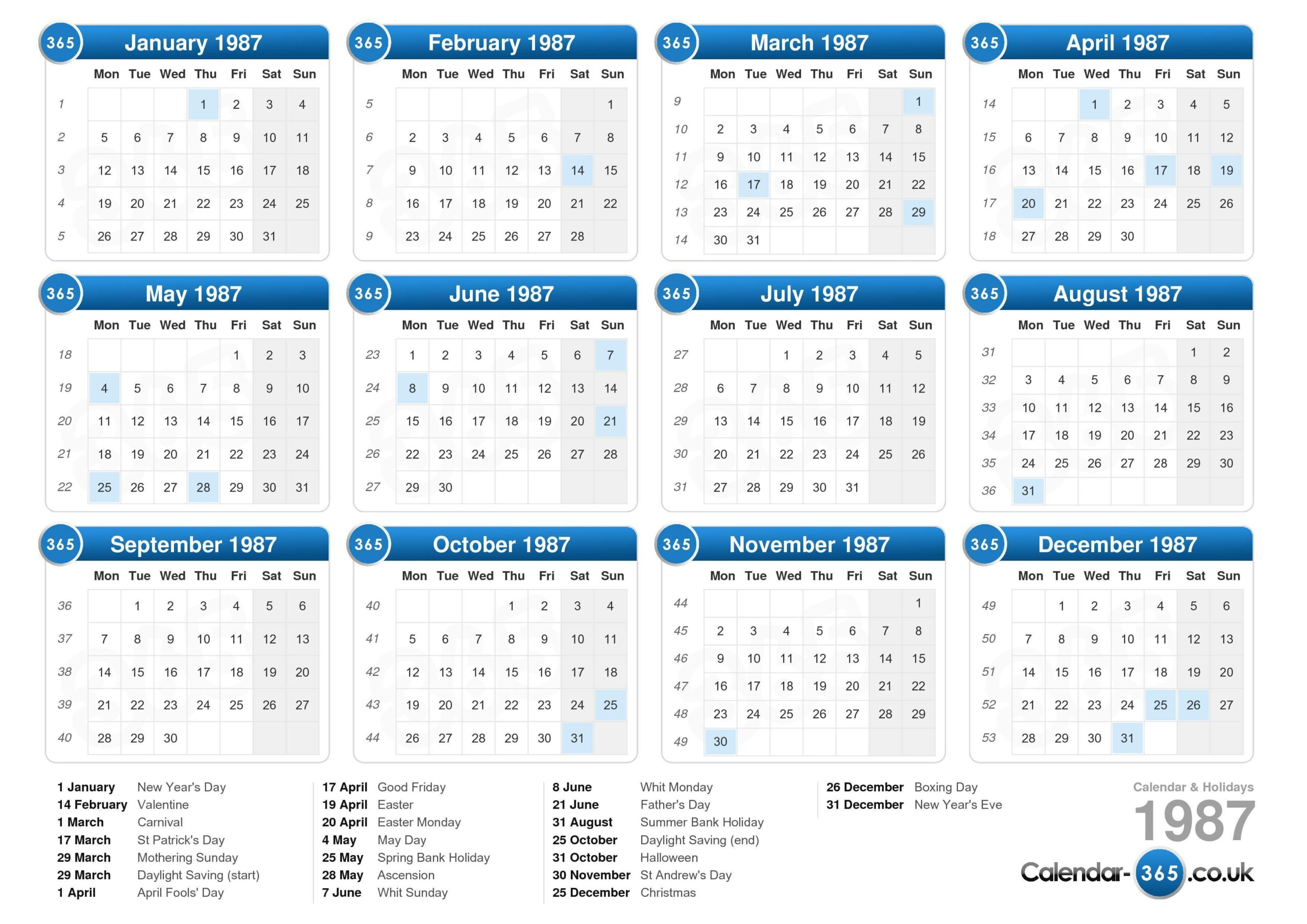The 1987 Chevrolet Corvette, particularly the C4 model, remains an iconic specimen in the world of performance cars. However, like any vintage vehicle, it comes with its fair share of quirks and issues, particularly concerning its performance at high RPMs. One common concern among owners and enthusiasts alike is the perplexing phenomenon known as “high RPM cut-outs.” These abrupt interruptions during spirited driving sessions can be more than just an annoyance; they evoke deeper questions about the engineering and design of this celebrated sports car. In this article, we venture into the avenues of troubleshooting, exploring not only the symptoms but also the underlying mechanics and the allure of understanding these fascinating machines.
High RPM cut-outs in the 1987 C4 Corvette manifest as sudden power surges or loss of power, primarily when the engine reaches elevated revolutions. While experiencing this issue can be disconcerting, deciphering the root causes often unveils valuable insights into the car’s systems. It’s essential to approach the troubleshooting process systematically, dissecting each potential culprit to ensure a flawless driving experience.
Understanding the Engine Management System
The heart of the Corvette’s performance is its engine management system, designed to optimize power output and efficiency. On the 1987 models, the system uses a digital control module (DCM), responsible for regulating fuel delivery, ignition timing, and a plethora of other vital elements. When high RPM cut-outs occur, it’s prudent to first examine this critically acclaimed yet sometimes finicky component.
One major player in this arena is the fuel pump. As speeds increase, the demand for fuel heightens, necessitating a robust supply to maintain optimal performance. A failing or weak fuel pump can result in insufficient fuel delivery at high RPMs, leading to stuttering or cut-outs. Diagnosing the fuel pressure using a gauge can provide vital insights into whether this is the root of the problem.
Ignition System Concerns
Moving on to another potential source of high RPM issues, the ignition system warrants close scrutiny. Comprised of components such as spark plugs, ignition coils, and wires, the ignition system must function seamlessly to deliver the sparks that ignite the air-fuel mixture in the combustion chamber. Any degradation in these parts can result in misfires; as RPMs climb, these issues can exacerbate, resulting in pronounced cut-outs.
It is wise to inspect and replace worn spark plugs and ignition wires regularly. In addition, ensuring that ignition timing is set accurately can help optimize performance, effectively mitigating potential cut-out problems.
Air Intake and Fuel Mixture
The importance of the air-fuel mixture cannot be overstated. The Corvette utilizes a mass airflow (MAF) sensor to ensure that the engine receives the correct amount of air in proportion to fuel. If this sensor becomes contaminated or fails, it may send erroneous data to the DCM, resulting in a miscalibrated fuel mixture. Consequently, at high RPMs, the engine may struggle to maintain power, further contributing to cut-outs.
Visually inspect the air filter for cleanliness and replace it if necessary. Additionally, conducting routine checks on the MAF sensor can enhance reliability and responsiveness during acceleration. These seemingly minor adjustments can dramatically impact performance.
Electrical Issues: A Hidden Culprit
Another facet often overlooked in high RPM cut-out scenarios is the plethora of electrical connections and sensors throughout the Corvette’s engine bay. A loose or corroded connection can lead to intermittent issues that manifest primarily at higher RPMs, where electrical demands are significantly greater.
Checking the condition of grounds, connectors, and wiring harnesses can reveal potential points of failure. In particular, examining the connections to the DCM, fuel pump relays, and ignition system can uncover hidden electrical gremlins that are all too eager to disrupt a thrilling ride.
The Mystique of the C4 Corvette
Beyond the mechanical and diagnostic aspects, there is something intrinsically fascinating about troubleshooting an issue like high RPM cut-outs in the 1987 C4 Corvette. This car resonates with a certain aura; it stands as a testament to automotive innovation during the late 20th century. The meticulous engineering and bold design choices made by Chevrolet foster a robust community of enthusiasts who delight in understanding their machines on an intimate level.
One might argue that the challenges presented by the Corvette are what deepen the owner’s connection to the vehicle. Every stumble in performance prompts a voyage into research and exploration; an investigation that often unearths invaluable knowledge about not only the car but also about the very essence of automotive craftsmanship.
Conclusion: A Journey Worth Taking
In conclusion, while high RPM cut-outs in the 1987 C4 Corvette can initially appear to be a significant hindrance to performance, they also offer an exciting opportunity for owners to engage with their vehicles comprehensively. By methodically examining and addressing potential issues—ranging from fuel delivery to electrical systems—owners can restore their beloved Corvettes to their former glory. More than just a technical endeavor, troubleshooting these issues fosters a deeper appreciation for this iconic sports car, reinforcing the idea that the journey of ownership is as rewarding as the destination itself.
